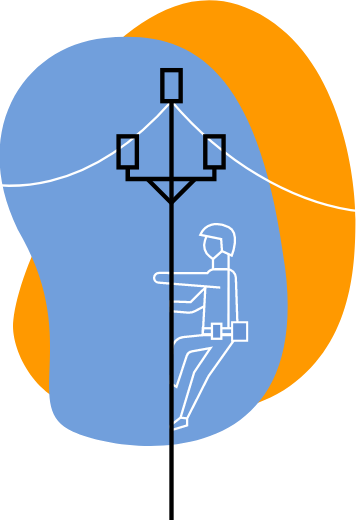Electrical system upgrade in Estrie
A reliable system and a sustainable future
A short history
Electrification of the Estrie region began in the 1890s with private systems that were then replaced by progressively interconnected municipal systems. At the time, lines supported by wooden poles carried electricity at a voltage of 4,000 volts (V).
Demand driven by growth in the region
As was the case everywhere in the western world, the population’s adoption of a wide variety of electrical appliances caused an increase in demand. By the 1910s, 4,000-V lines were no longer sufficient. The Southern Canada Power Company, which served much of the region at the time, converted its lines to 13,80-V lines.
During the first half of the 20th century, sustained growth in demand led to the conversion of substations to 49,000 V.

Hydro-Québec made use of its interconnected equipment to balance the load between the various substations in the region, but this solution is no longer sufficient. Lines and substations with 49-kV capacity cannot transmit a greater volume of electricity to meet the growing demand in the region.
Infrastructure nearing the end of its service life
With careful maintenance, the existing facilities have served the region well until now, but many system components have become obsolete and need to be replaced. It is important to act without delay in order to prevent critical situations resulting from a major system failure.

